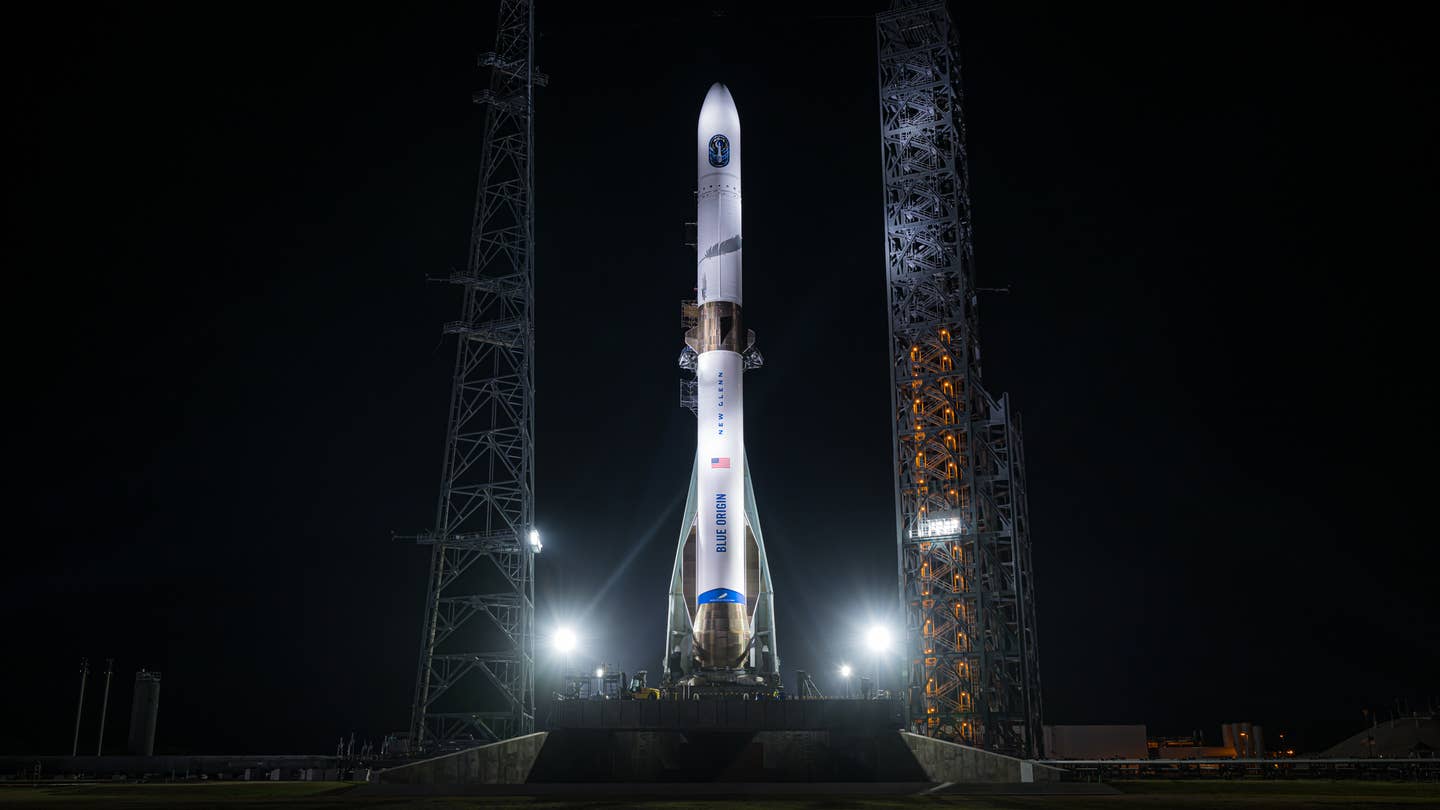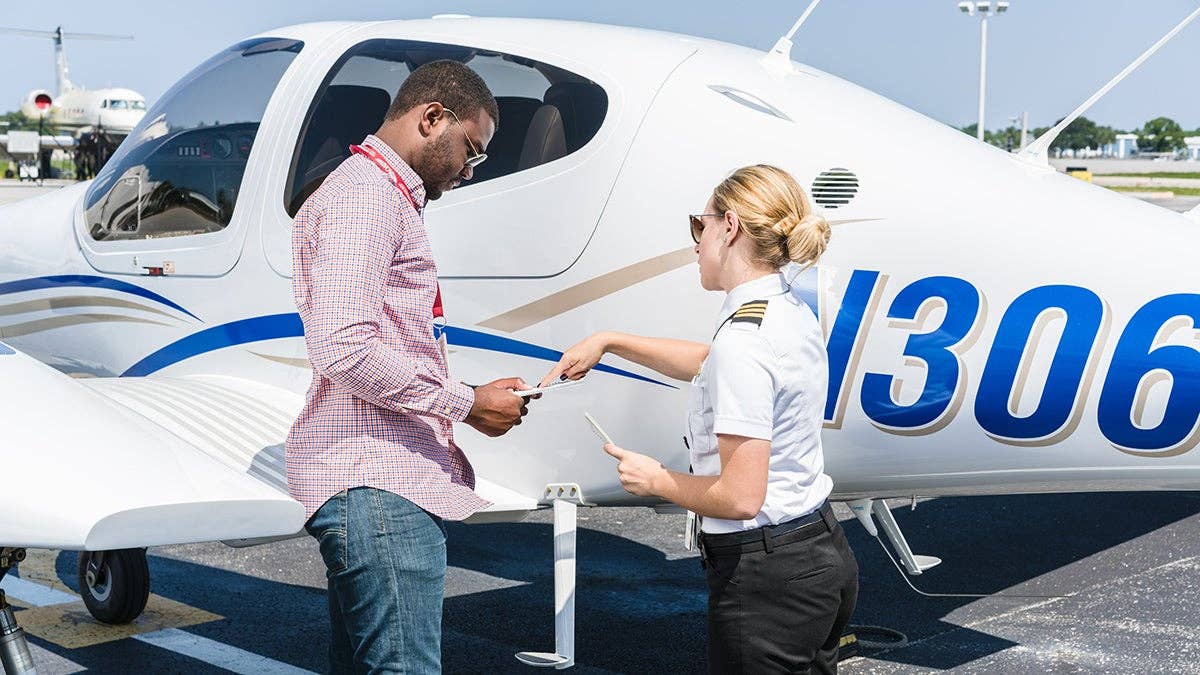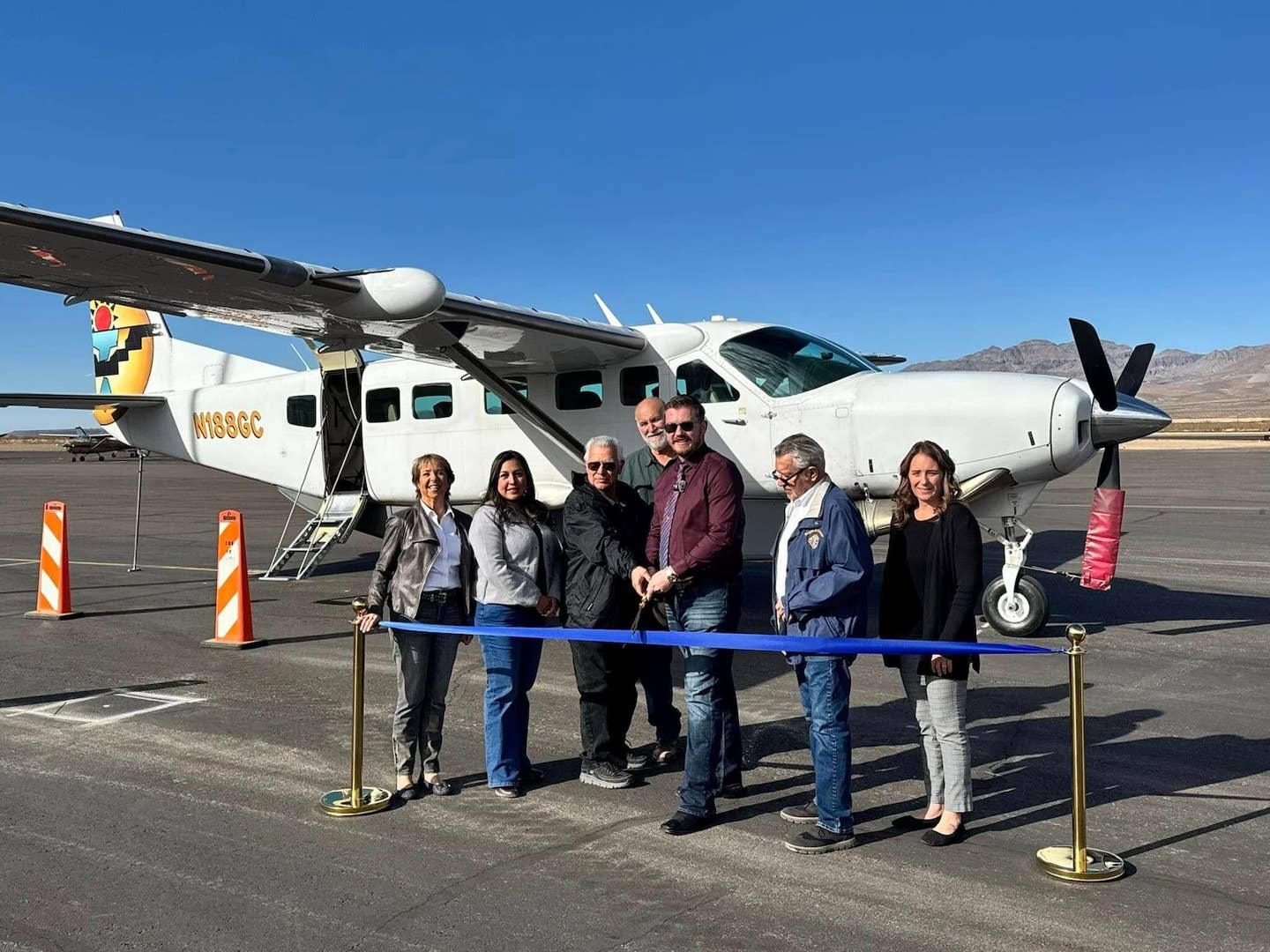
The HondaJet S. Pope
Honda Aircraft briefly drew back the veil of mystery surrounding its secretive HondaJet program on Tuesday, allowing members of the media to tour a gleaming, $100 million aircraft factory the company has just completed at Piedmont Triad International Airport in Greensboro, North Carolina.
HondaJet president and CEO Michimasa Fujino led the tour through the brand new (although mostly vacant) aircraft assembly halls, where HondaJets will be produced en masse starting in the third quarter of 2012, after the twinjet gains its FAA type certificate. Honda is currently assembling the second and third FAA-conforming prototypes. They will soon join the first flight-test airplane, which made its maiden trip aloft last December. That airplane has since expanded its flight envelope to a maximum speed of 425 knots (five knots faster than the HondaJet’s promised top speed) and altitude of 43,000 feet.
Fujino showed the airplanes to journalists as workers built them, but Honda Aircraft officials — still reluctant to reveal too much about the program’s progress — strictly controlled photography and access. Still, from what the press saw at the media open house, it is abundantly clear that Honda is dead serious about entering the business jet production market and has laid the groundwork necessary to be immediately successful against other light jet builders.
Honda officials at the event also hinted at the next HondaJet, which they suggested might be a stretched version of the composite-fuselage twinjet that would incorporate the same over-wing engine configuration and natural-laminar-flow wing as the current developmental aircraft. The main benefit achieved from mounting the engines on raked pylons over the wing, claims Honda, is a reduction in high-speed drag, while the wing design improves aerodynamic efficiency and simplifies the manufacturing process.
Fujino also took journalists on a tour of the HondaJet “Design Studio,” where buyers will choose paint colors and interiors (a la the automotive market, choices will be limited to a handful of possibilities) and the flight-test command center, a NASA-esque room where engineers monitor a massive amount of flight telemetry data in real time as it’s beamed from the test airplane in flight.
The company currently has around 650 employees and plans to add 200 to 300 more before production begins, Fujino said. The massive factory has room to accommodate 18 aircraft simultaneously. They will move from one station to the next similar to how mass-produced Honda cars travel through the factory. The last stages of the process will involve fitting the airplanes’ GE-Honda HF120 turbofan engines, Garmin G3000 avionics and, finally, their five-seat interiors. None of the production tooling is in place yet (the main production factory at this point is a giant, mostly empty space covering four acres) but that process will start soon.
Fujino said Honda holds “more than 100” orders for the HondaJet, which sells for a list price of $4.5 million in 2010 dollars. Roughly a quarter of those are to private individuals, he said. The company’s goal is to produce between 70 and 100 airplanes per year within two to three years of starting production.
Honda had planned to hold this media tour months ago, but the event had to be rescheduled after the devastating Japan earthquake and tsunami that struck on March 11. Many of the workers at the Honda Aircraft factory are from Japan.

Sign-up for newsletters & special offers!
Get the latest FLYING stories & special offers delivered directly to your inbox






